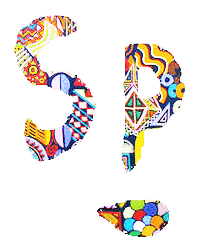Painting Is Still An Act Of The Metaphysical, Non-Linear Transference By Instant Contact
- Stephen Hornsby-Smith

- Jun 18, 2024
- 6 min read

When from hand to brush to paint applied to canvas, a process of resistance from the canvas is engaged, literally and metaphorically. Whether the canvas can be tight taught slack or just forgiving is still part of the Painters practice, to choose by selection at the back of the canvas with traditionally, the use of small bespoke cuts of wood to be pinned into the corners - the Painter therefore applies his/her agenda on both sides of the canvas. This is hands-on in a way that not many other mediums actually don't have 'hands-on' as Artists. Notwithstanding such light or robust brushwork, the brush permeates by spreading paint from smear to specifically pin-point brush strokes. As a result, image-making will throw up the happy-accidents or disruptive pictorial unhappy- accidents at relative random, a melting-pot of intention and the unpredictable idiosyncratic individualism of the best of visual Paint-making. Here's a note of caution, either Painters reconcile themselves to not being in absolute control, or they micro-manage in an obsessive and compulsive manner that becomes didactic!
The contrary instinct of most Painters may want to see this practice as a romantic and adversarial collision of opposites that relegate issues of 'form' redundant by the levels of independence of the Artist and the 'Painter'. When there is a need to control and agonise over losing their way it is often seen as a self-coercive interference - well, I think that TATT interfered with the nature of 'form's relationship with the medium of Painting' in the 1980's, needing to control, led to suffocation of the spirit of the medium and its philosophical and political input became reduced to a oversimplified formula where 'from' became over-valued and became self-dependent and non-negotiable. So, instead of a convergence, a meeting point that intersects the visual T-junction of brush on canvas, the gap between consumer-friendly Concept(ual) Art and visual application of image-making became stark. Painting was often satirized by mock displays of 'Every Painting is a Jackson Pollock' series of mainstream adverts 'splashing Paint all over' in order to sell an unlikely and tangential product like 'dogfood' or toothpaste or soap on rope etc. These were the very dark days of the medium of Painting, it nadir, its contemptuous critics consigning both Painting and modernism to piss-takes on adverts between 'Corrie' episodes or 'The Big match' etc.
But there were those who stood up for the medium. They referred to the literal and metaphorical 'changing states' (of solid to liquid to solid), concentrating not on how it is sourced as rock processed to become Paint, but on when the Paint dries on the canvas that often alludes to a finished work, but often many a Painter hopes that the Painting could remain flush liquid sheen and would prefer the Painting 'unfinished than finished'! How many Painters from ancient times have told their muse 'Don't move' when actually they will move? Or trying to capture light that fades or distorts? But the journey of the nemesis of wet paint becoming a solid change of state, began to stimulate the argument that the painting process was extended from the catalyst of changing 'form' from the full life of a Painting that could itself be extended by the innate quality of the paint on the canvas becoming another form, not just becoming dried and a solid form but that it would and all Paint does defy gravity. How significant is this? Well, the major form of Einstein's view of how the speed of light is refracted is by 'gravity' itself!!??!!
No physicist in the 21st century has rejected Einstein's theory made in the early 20th century! Defying gravity by a change of form can either be 'impasto or thinly spread paint' but will inevitably defy not just gravity but human constraint, human micro management and centralized didactic control of a narrative that whether that was from Marxist- Leninism or Liberal democratic parliamentary capitalism, East or West, North or South, Paint defies technology and human satire, indifference and prejudice. Moreover, the Painting medium is the very Artistic gravity, or the glue or the paint that connects the past, present and future, originating from the terrestrial soles of our footprint to the very human eye, hand, brush, paint, canvas to our individual fingerprint, literally and metaphorically!
More about materials.
Although the canvas is adaptable and conducive to materials that supply a tension from both harder and softer brushes, the 'cloth' on the canvas resists paint and forms an impetrative barrier, and a finite surface and size, yet also acts as a sponge to absorb Paint. However, the canvas isn't an inevitable battlefield of a destructive nature that on impact distorts and smothers the canvas, but integrates and merges with Paint, at the same time as the human eye merges and coordinates with the human fingerprint and the original chemical footprint of the materials that conjoin at the point of contact too. Paint becomes our human fusion in which the more you practice and the more enlightening and stimulating it may be, the more imperfect Paintings become! If humanity is imperfect, then good Painting surrenders to imperfection.
Paint, linen, cotton from somewhere, but are they with or without a significant carbon footprint? Certain blue rock may have originally come from inaccessible parts of Afghanistan as a new break through material for many early Renaissance Painters like Giotto, that were cripplingly expensive to haul, compared with today where any high street shop or the local Art shop next door, poses questions: Is next door a bigger or smaller carbon footprint than in Giotto's time? Or was it more hassle, more precious a commodity, more expensive, more dangerous, and perilous to acquire and from only one source.? Carbon footprints may one day prove to be very Paint friendly and likewise accessible and inclusive for all practitioners, but isn't it significant that the UK could lead mass convergence to low tech, low or carbon neutral for all, via the Painting practice? But the mass practitioner Painter explosion in the UK also tend to be made up of self-taught individuals, primarily because most Art Colleges in the UK don't have Painting or Drawing on the Curriculum. People have been locked out of Art Colleges but have become talented in their own right because they are more open to self-definition regardless of whether the medium is frowned up by TATT snob nobs. As for myself, I'm part of a movement of Painters in the UK who don't see mobile phones' selfies or holiday snaps as competition for Painting, but I see Al, 3D printer, upmarket social media, gaming, etc as the opposition to contemplative interaction by artistic creatives! We may have exhibitions that are better wordless and noiseless and largely techless but why do we need to behave, know our place, fall in line when we choose not to be an actor or avatar for the Art Circus of the past? The medium of Painting is often cast in the past tense in order to make the past more saleable and profitable and is an inexhaustible market, as long as there is no competition from a thriving contemporary Painting scene - it is the Art (largely Painting) Market that drives a continuation of the Cold War Western approach of undermining the status of the medium of Painting to sustain (often by Russian Post Cold War Oligarchs) the Past Painting market at the expense of work in Painting done today! It is ironic that TATT will claim Painting is a passe but that they prefer passe to drive todays Art Market of largely Paintings!? Which begs the question: Well who is stuck or stuckist in the past then? Certainly not painters and certainly the market with its side dish market for Idea Art, Assemblage Art, Tech Art, video Art, Social media updates, all non-Painting media etc Did anyone actually think that Marcel Duchamps started Conceptual Art back in 1918, and everything else that has followed (not Painting I may add ) in that field is derivative!?? Isn't there an irony that only when we leave 1980's issues of form via the controversial debate about structuralism, deconstruction, postmodernist relativism to the past of the Cold War Western combative subversion of Soviet absolutism, will Art be liberated from the twin towers of Ai tech and an Art market tied to the past! Perhaps the Art world no longer need to compete and form culture wars distilling its Al High tech intimidation of ex Cold War adversaries and vice versa?! Only then can Painters feel confident that they will be treated equally and not be consigned to the past and the Art market dedicated to non-contemporary Painting because its more lucrative!!....and pigs will fly!!!









Comments